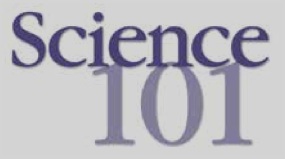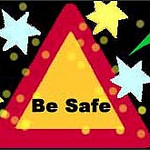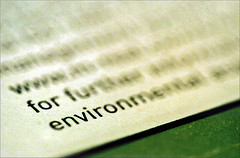By Mary Bigelow
Posted on 2014-05-22
At a professional development workshop several years ago, I heard a teacher say “I do lots of activities. My students are so busy, they don’t have time to think!” Her statement has haunted me to this day. I wondered what students learned by following someone else’s busy, fast-paced agenda of activities. It sounded exhausting, for both the teacher and the students.
Another time, I visited a classroom in a school that had 90-minute class periods. The teacher presented a series of activities, changing topics about every 15 minutes–lecture, worksheet, small group discussion, writing, hands-on activities, pop quizzes—but there was no segue between activities and no common theme or unifying concept. These students were also “busy,” but I wondered what they were actually learning from this series of disconnected events.
Fast forward to this week, when I read the article You Really Can ‘Work Smarter, Not Harder’ describing a study on the value of reflection. (Note: the primary source working paper Learning by Thinking: How Reflection Aids Performance from the Harvard Business School is available as a PDF file. According to the abstract of the study:
Research on learning has primarily focused on the role of doing (experience) in fostering progress over time. In this paper, we propose that one of the critical components of learning is reflection, or the intentional attempt to synthesize, abstract, and articulate the key lessons taught by experience. Drawing on dual-process theory, we focus on the reflective dimension of the learning process and propose that learning can be augmented by deliberately focusing on thinking about what one has been doing. We test the resulting dual-process learning model experimentally, using a mixed-method design that combines two laboratory experiments with a field experiment conducted in a large business process outsourcing company in India. We find a performance differential when comparing learning-by-doing alone to learning-by-doing coupled with reflection. Further, we hypothesize and find that the effect of reflection on learning is mediated by greater perceived self-efficacy. Together, our results shed light on the role of reflection as a powerful mechanism behind learning.
As with any study, there are problems generalizing the results to other populations, subject areas, and learning tasks. But it seems that doing hands-on activities or investigations is only part of the learning process; giving students time to process and think about what they are learning pays off.
Reflection doesn’t necessarily mean students staring into space (although that’s what I do when I’m thinking). Reflection involves articulating or summarizing what was learned, making personal connections to previous learning, and formulating questions for future learning. Science teachers often use notebooking, sketching, exit activities, or dictating into a smartphone or app for these reflections. For those teachers who already have students use reflective processes, it’s nice to have validations from more formal studies.
I suspect that most of our students need some examples and modeling of reflective thinking, along with a rationale as to why it is important to learning. This could be an interesting action research project for the classroom!




 We had an incident in a high school physical science class where the substitute teacher left the room and several students engaged in dangerous behaviors with gas jets and flames. Fortunately, no one was injured and no damage occurred. I’m gathering suggestions on how to deal with this and prevent this in the future.
We had an incident in a high school physical science class where the substitute teacher left the room and several students engaged in dangerous behaviors with gas jets and flames. Fortunately, no one was injured and no damage occurred. I’m gathering suggestions on how to deal with this and prevent this in the future.



 Using Physics Gadgets and Gizmos, Grades 9-12: Phenomenon-Based Learning
Using Physics Gadgets and Gizmos, Grades 9-12: Phenomenon-Based Learning